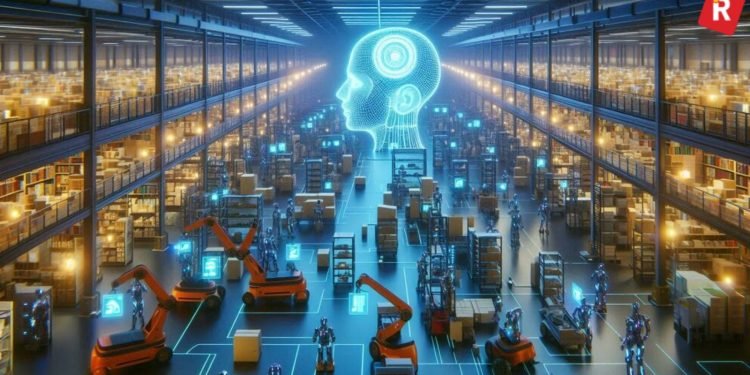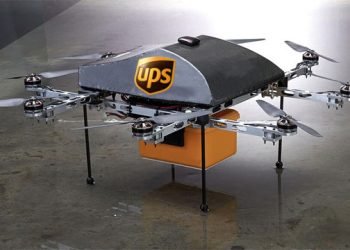By Eva Richardson | The Logistic News | March 28, 2025
A new industry-wide survey has revealed a compelling contradiction at the heart of global supply chain modernization: while confidence in artificial intelligence (AI) is growing rapidly, many organizations continue to struggle with the fragmented systems that underpin their operations.
According to the 2025 Supply Chain Technology Outlook Survey—conducted by Peerless Research Group in collaboration with Logistics Management—more than 71% of supply chain professionals believe AI will significantly improve visibility, forecasting, and performance across the supply chain. Yet, only a small fraction of respondents reported having the systems integration in place to fully capitalize on those benefits.
AI: The Next Supply Chain Catalyst
The research paints a vivid picture of a sector eager to harness the promise of AI but held back by lingering technological silos. Use cases that respondents expect to be most positively affected by AI include demand forecasting, predictive maintenance, transportation optimization, and inventory management.
“What we’re seeing is clear intent,” says Mike O’Brien, senior analyst at Peerless Research Group. “Companies are no longer questioning whether AI belongs in supply chain—they’re asking how soon they can deploy it at scale. But the legacy tech infrastructure is still a major barrier.”
A Fragmented Foundation
Despite enthusiasm around digital transformation, only 27% of respondents indicated they have fully integrated systems that allow real-time communication between warehousing, transportation, procurement, and customer fulfillment functions. This lack of interoperability undermines AI’s effectiveness and slows the ability of companies to act on data-driven insights.
“AI is not a plug-and-play solution,” noted Amanda Weiss, a logistics consultant at Stratovate Advisory. “It thrives in ecosystems where data is clean, connected, and accessible. Unfortunately, many companies are still dealing with Excel sheets, aging ERPs, or disconnected cloud systems.”
Even among organizations that have invested in cloud platforms, API compatibility, cybersecurity, and data consistency remain ongoing concerns that restrict seamless integration.
Investment vs. Execution Gap
While most survey participants plan to increase their investment in supply chain technologies in 2025, experts caution that spending alone won’t solve structural challenges.
“What’s missing is not funding—it’s strategic alignment,” added Weiss. “Without a roadmap that connects AI deployment to organizational goals and system architecture, the return on investment will remain elusive.”
Some companies are beginning to close the gap. Leaders in the retail, manufacturing, and healthcare sectors have started implementing AI-driven control towers—centralized digital platforms that provide end-to-end visibility and automated alerts. These early adopters are already seeing reduced stockouts, improved lead times, and greater responsiveness to disruptions.
The Road Ahead
As the supply chain landscape continues to shift due to geopolitical tensions, labor shortages, and climate risks, AI’s potential as a stabilizing force becomes even more critical. However, the survey’s findings underscore that technological fragmentation remains a central risk—one that could dilute the benefits of even the most advanced AI deployments.
“Supply chain modernization is not just about adopting new tools—it’s about unifying systems and creating a digital backbone,” concluded O’Brien. “AI can be the engine, but without connected rails, the train can’t run.”























